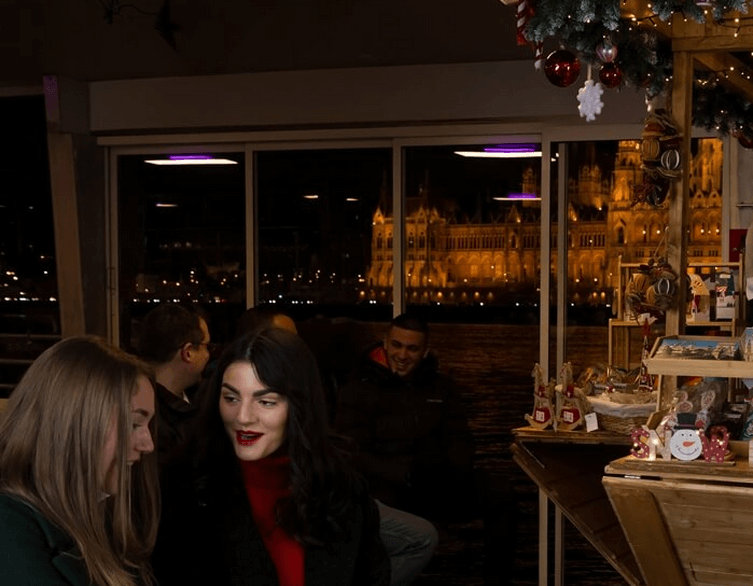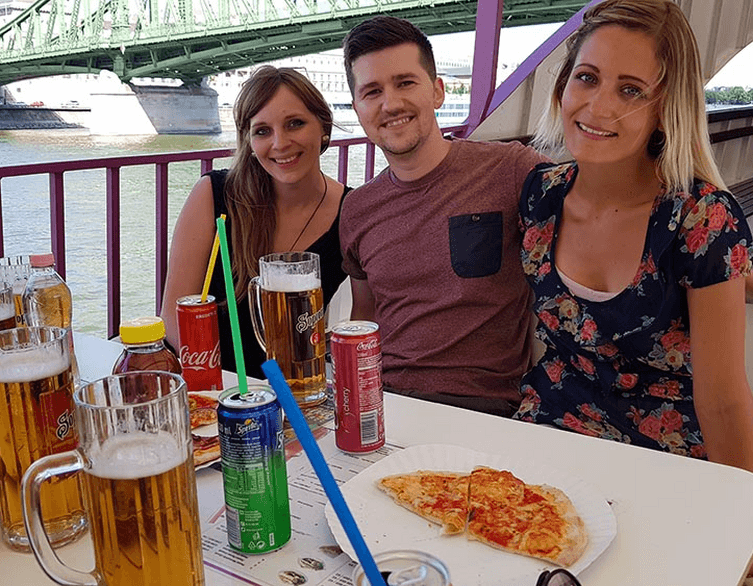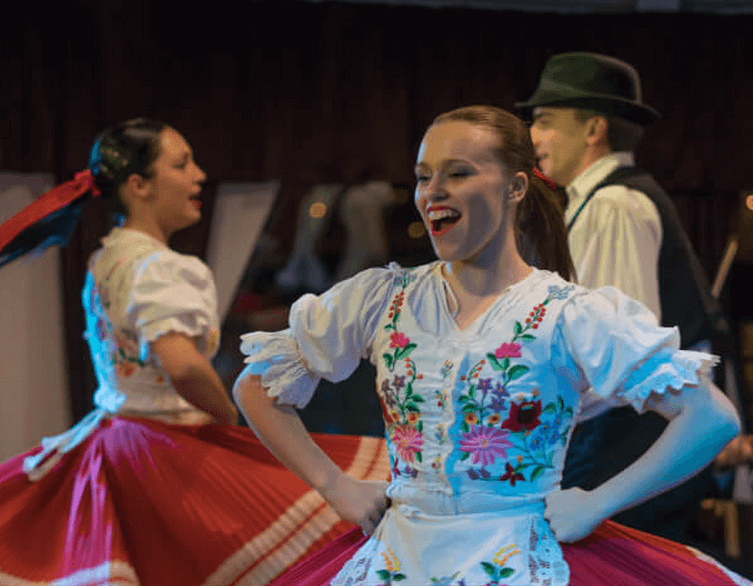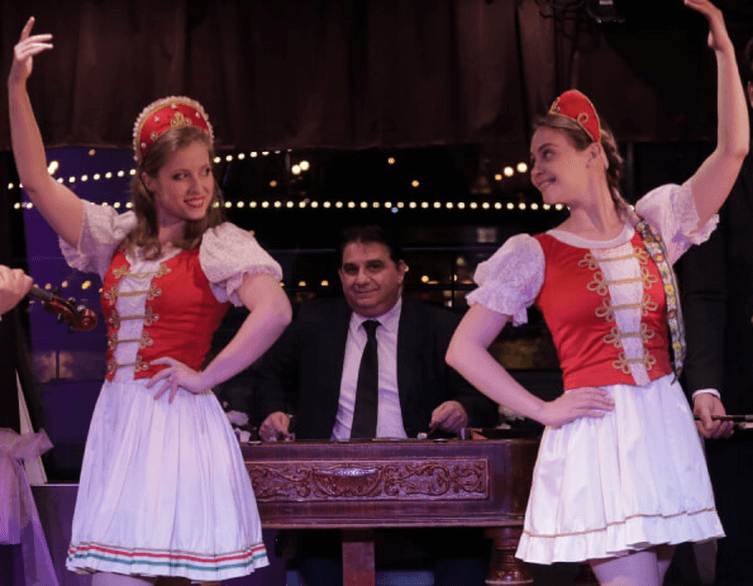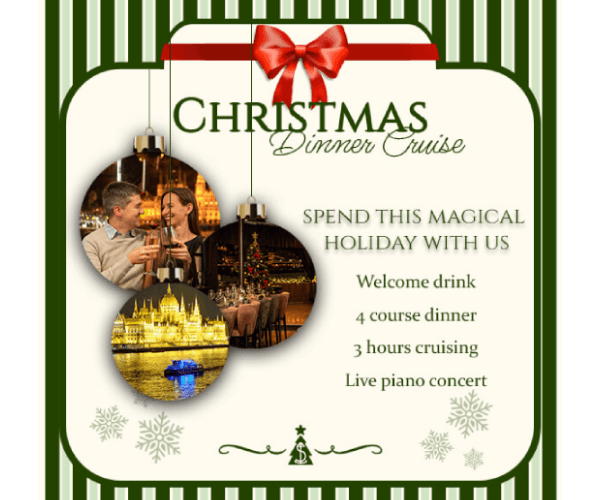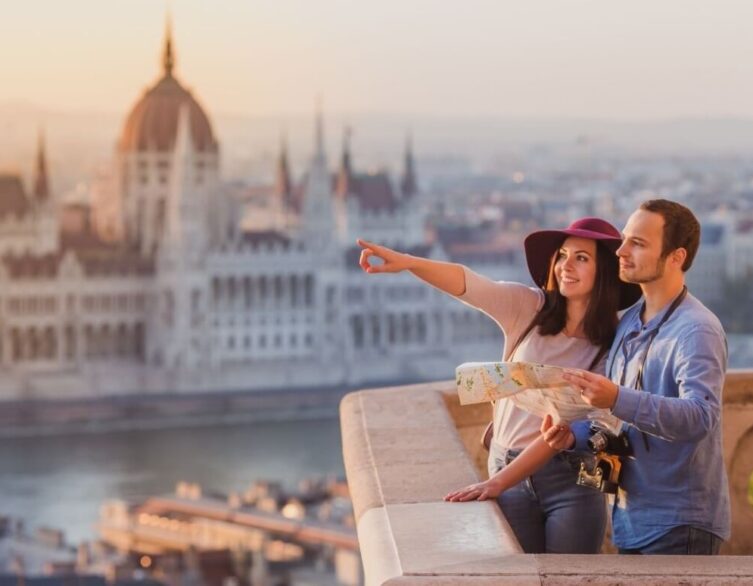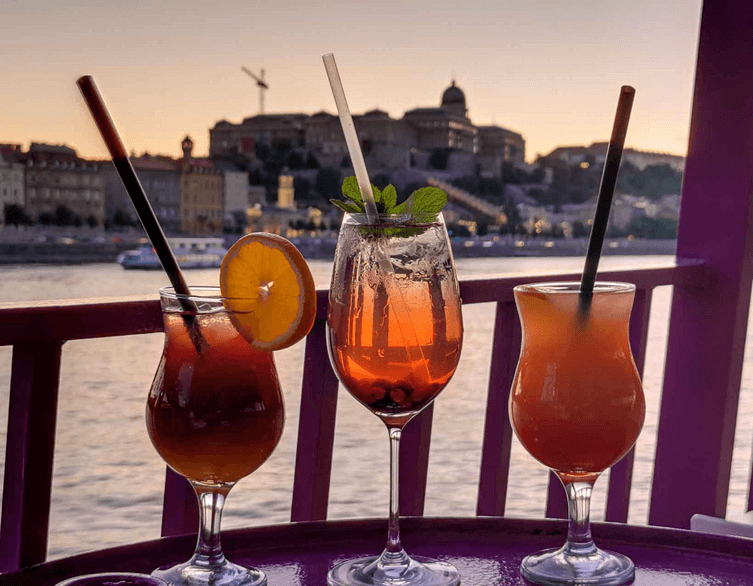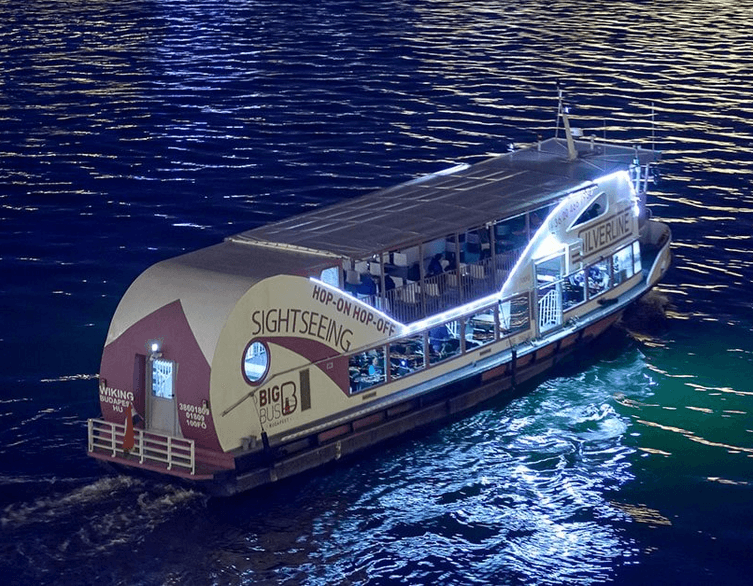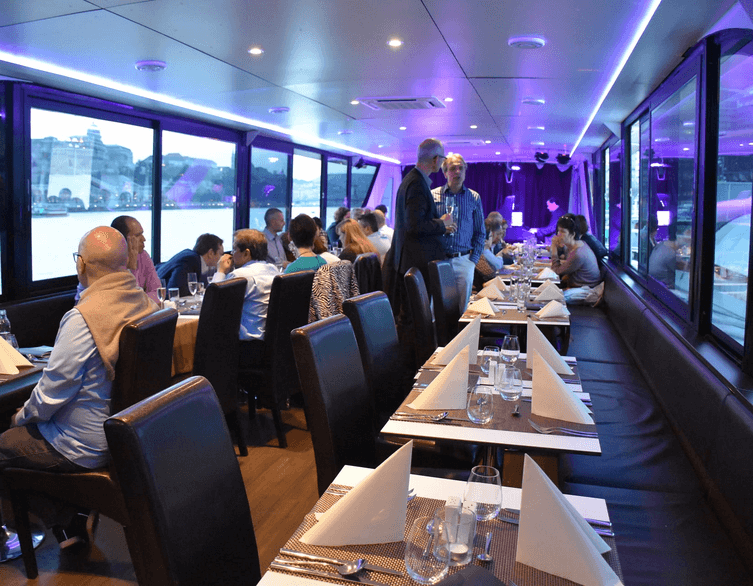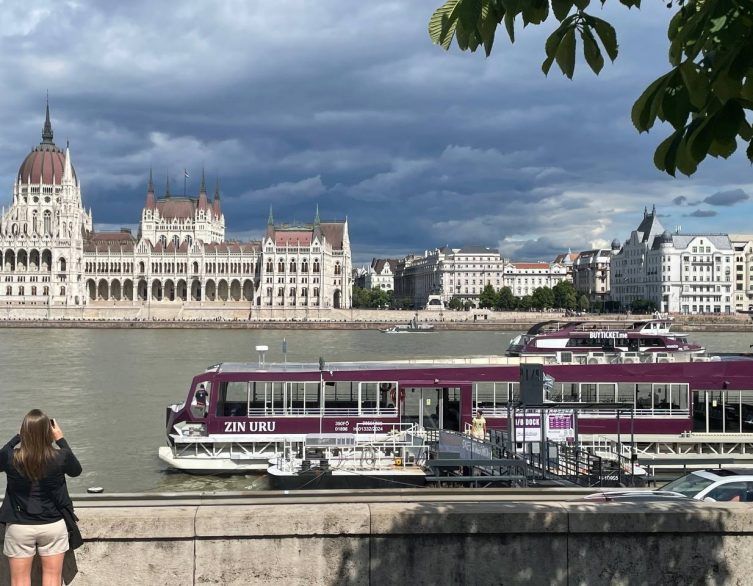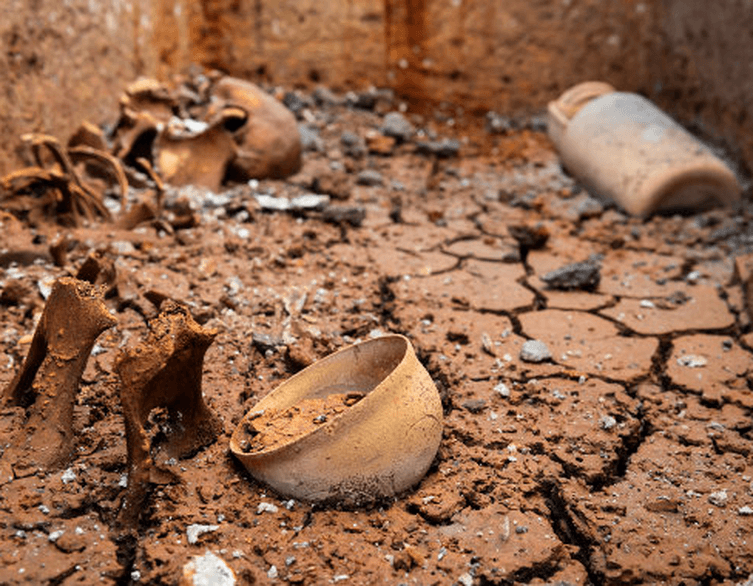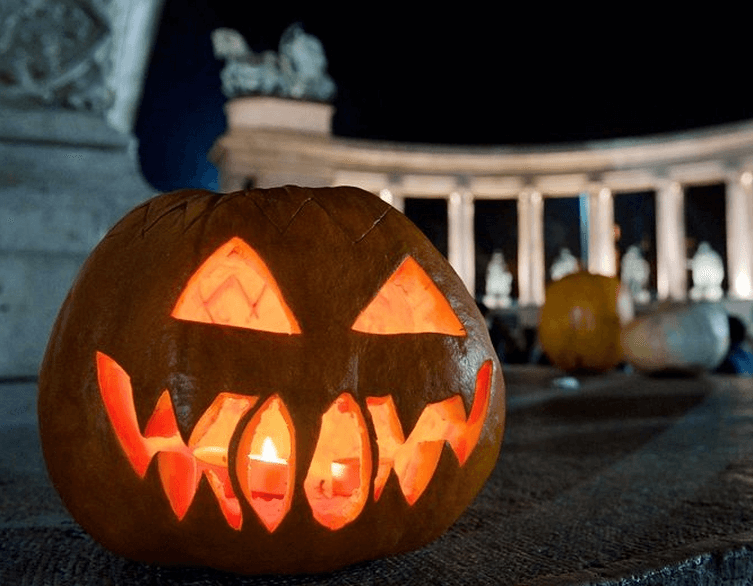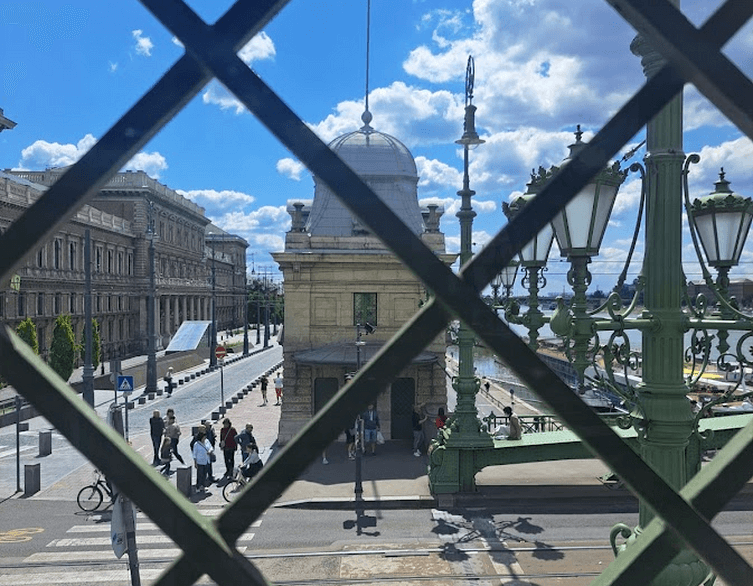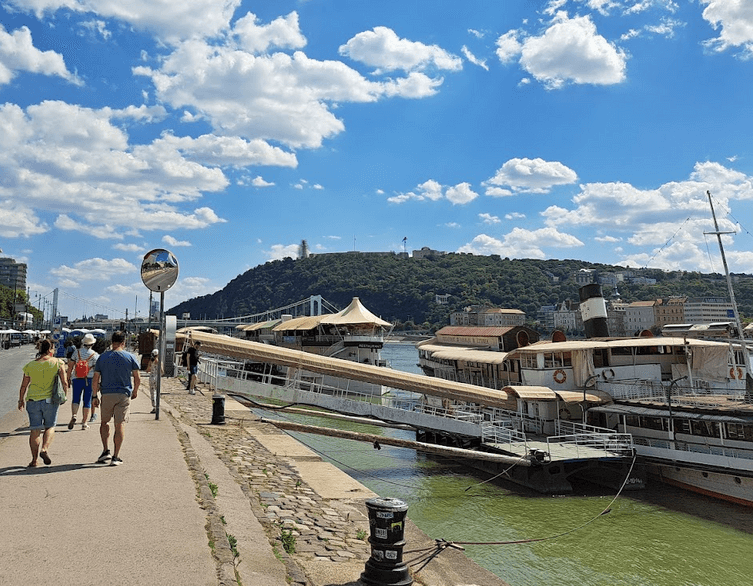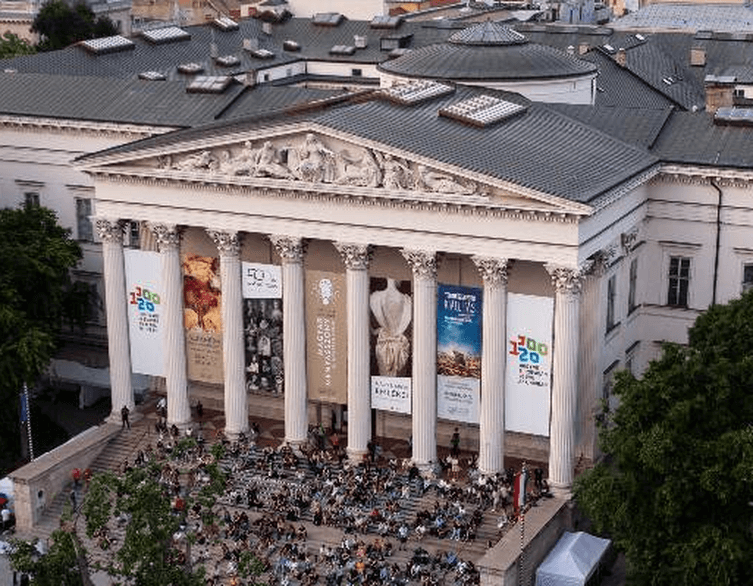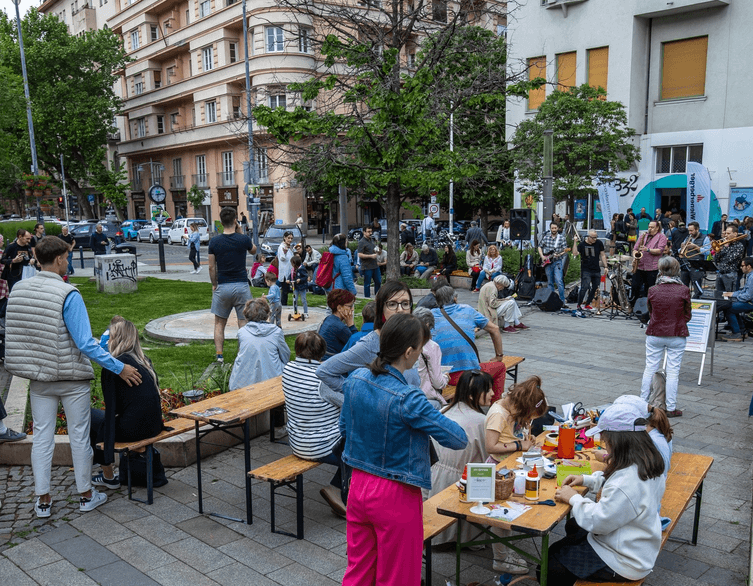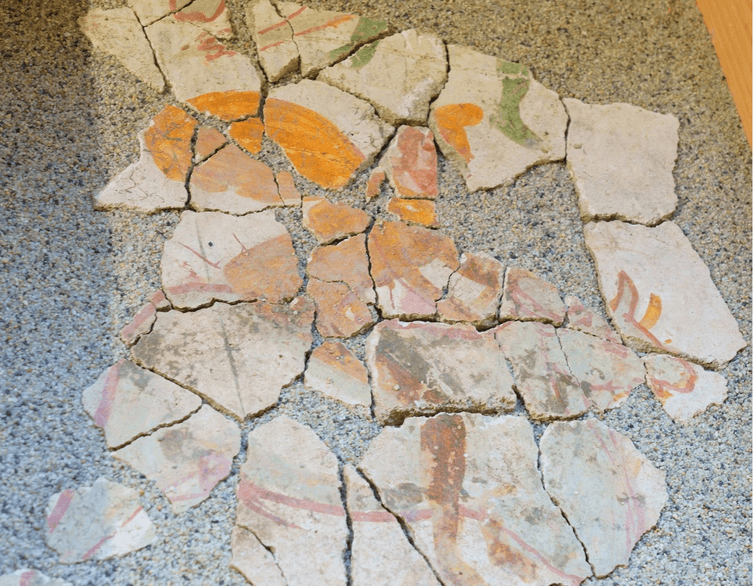Step Back in Time: Explore the Aquincum Museum and Archaeological Park

Discover the fascinating history of Budapest’s Roman roots at the Aquincum Museum and Archaeological Park, located in District III along Szentendrei út. This sprawling site offers visitors a unique glimpse into the ancient city of Aquincum, once the capital of the Roman province of Pannonia. With its impressive ruins, engaging exhibits, and immersive experiences, Aquincum is a must-visit attraction for history buffs and curious travelers alike.
Why Visit Aquincum?
Aquincum is not just a museum—it’s an open-air archaeological park that brings ancient Rome to life. As one of Hungary’s largest Roman heritage sites, it showcases the remnants of a sophisticated civilization that thrived nearly 2,000 years ago. From intricately carved statues to mosaic-covered thermal baths, every corner of Aquincum tells a story of innovation, culture, and daily life in the Roman Empire.
The Historical Significance of Aquincum
Aquincum is one of the most remarkable archaeological sites in Hungary, offering a window into the Roman Empire’s influence on the region. Located in Budapest’s Óbuda district, this ancient city was once a thriving hub of Roman civilization and played a vital role in the empire’s frontier defense system. Its historical significance lies in its strategic importance, urban development, and cultural legacy, making it an essential destination for history enthusiasts visiting Budapest.
A Strategic Roman Frontier
Originally settled by the Celtic Eravisci tribe, Aquincum became a Roman military base around 41–54 AD due to its strategic location along the Danube River. This position made it a key part of the empire’s border defense system, known as limes, which protected Roman territories from external threats. By 106 AD, Emperor Trajan elevated Aquincum to the status of provincial capital for Lower Pannonia, solidifying its importance as a center for governance and military operations.

Celebration at Aquincum Museum – keeping the Roman legacy alive
Image source: Aquincum Museum
Aquincum housed Legio II Adiutrix, a legion of 6,000 soldiers tasked with defending the empire’s northern frontier. The city also served as an administrative hub for Roman emperors during their campaigns along the Danube, emphasizing its critical role in maintaining imperial control over the region.
Urban Development and Civic Life
Under Emperor Hadrian, Aquincum achieved municipal status in 124 AD and later became a colonia under Septimius Severus in 194 AD. These advancements transformed Aquincum into a bustling urban center with sophisticated infrastructure and amenities that rivaled those of larger Roman cities.
The city was divided into three main areas:
- Military Town: Accommodating soldiers and their families.
- Legionary Camp: The administrative and operational center for military activities.
- Civilian Town: A vibrant area featuring homes, shops, public baths, temples, and theaters.
Aquincum’s advanced urban planning included aqueducts, sewer systems, mosaic-covered baths, underfloor heating systems (hypocaust), amphitheaters, and temples. These innovations highlight Rome’s engineering prowess and commitment to enhancing civic life. Archaeological remains today reveal intricate details about daily life in Aquincum—from decorative wall paintings to imported goods—offering visitors an immersive experience into ancient Roman society.
Cultural and Religious Influence
Aquincum was not only a center for commerce and governance but also a melting pot of cultural exchange. The city blended Roman traditions with local Celtic influences, creating a unique fusion evident in its artifacts and architectural styles. As Christianity began spreading across the empire in the early 3rd century AD, Aquincum also became a site of religious transformation.
One notable religious landmark is the Mithraeum dedicated to Mithras, showcasing the mysterious cult practices that were prevalent during Roman times. Visitors can explore this reconstructed shrine within the archaeological park to gain insight into ancient spiritual beliefs.
Decline and Legacy
Aquincum faced challenges during its later years due to repeated attacks from Sarmatian tribes in the north during the mid-4th century. By 409 AD, invasions by Germanic tribes and Huns led to its eventual abandonment. Despite its decline, Aquincum’s legacy endured through its ruins, which have been meticulously excavated since the late 19th century.
Today, Aquincum is celebrated as one of Europe’s best-preserved Roman cities. Its ruins—including amphitheaters, baths, aqueducts, residential buildings, and temples—provide invaluable insights into Roman urban planning and lifestyle. The Aquincum Museum further enriches this experience with exhibits showcasing artifacts such as mosaics, sculptures, coins, and even musical instruments like the famous Aquincum Water Organ.
A Living Link to History
Aquincum is more than just an archaeological site; it is a bridge connecting modern Budapest to its ancient past. Its historical significance lies not only in its role as a military stronghold but also in its contributions to urban development and cultural evolution during Roman times. For visitors seeking to understand Hungary’s deep-rooted history within the Roman Empire, Aquincum offers an unparalleled journey through time—a place where history comes alive amidst stunning ruins and captivating exhibits.
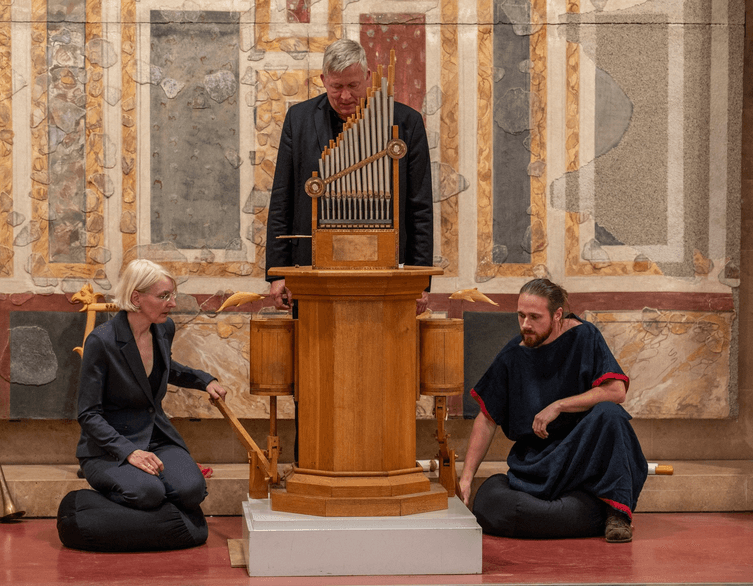
Image source: Aquincum Museum
The museum’s exhibits span centuries, from prehistoric artifacts to treasures from the Roman era. Visitors can explore reconstructed buildings like the Painter’s House, marvel at the famous Aquincum Water Organ, and stroll through ancient streets lined with temples, shops, and homes. The site also features two amphitheaters—one civilian and one military—offering a glimpse into Roman entertainment and training grounds.
Permanent Exhibitions at the Aquincum Museum
The Aquincum Museum in Budapest offers a captivating array of permanent exhibitions that transport visitors back to the Roman era. These exhibits showcase the rich history, culture, and daily life of the ancient city of Aquincum, providing an immersive experience for history enthusiasts and curious travelers alike. Here’s a detailed look at the permanent exhibitions you can explore during your visit.
Best deals of Budapest
Rome in Aquincum
This exhibition is a centerpiece of the museum, highlighting the grandeur of Roman life in Aquincum. Visitors can admire artifacts from the governor’s palace, including breathtaking mosaics, monumental statues, and intricately painted murals. The exhibit also features luxurious items such as reconstructed fountains and decorative stone pots, which reflect the opulence of Roman elite life. Additionally, imported goods like bronze, glass, and ceramic vessels, as well as gold and silver jewelry, are displayed to illustrate the city’s wealth and cultural connections.
One of the most unique elements of this exhibit is the world-famous Aquincum Water Organ, dating back to 228 CE. This portable musical instrument was discovered during excavations in 1931 and has been meticulously reconstructed. The exhibit includes videos explaining its function and even a playable replica, making it a highlight for music lovers.
Mithras in Aquincum – The Symphorus Mithraeum
Dedicated to Mithras, a mysterious Roman deity, this exhibition explores the religious practices of ancient Aquincum through the restored Symphorus Mithraeum. The shrine has been reconstructed with original building materials to evoke its historical atmosphere. Visitors can admire altar stones and colorful frescoes depicting scenes from Mithras worship while learning about this enigmatic cult that thrived during Roman times.
The Mithraeum’s design reflects the hidden nature of Mithras worship, combining natural stone walls with architectural elements reminiscent of Roman sanctuaries. This exhibit provides a fascinating glimpse into the spiritual life of Aquincum’s inhabitants.
Thermae Maiores – A 2,000-Year-Old Wellness Center
Step into ancient Roman bathing culture at Hungary’s largest Roman bath complex—the Thermae Maiores. This exhibit showcases how baths served not only as places for hygiene but also as centers for relaxation, recreation, and socializing. Visitors can explore reconstructions of cold and hot pools, steam rooms, saunas, and gymnasiums that formed part of these massive complexes.
The Thermae Maiores was originally built to serve Legio II Adiutrix—a military unit stationed in Aquincum—and could accommodate up to 6,000 soldiers. The exhibit emphasizes advanced Roman engineering techniques like underfloor heating systems (hypocaust) and aqueducts that made these baths possible.
Tegularium – History Kneaded from Clay
This unique exhibition delves into the role of ceramics in Roman architecture. It highlights how brick-making techniques contributed to the empire’s greatness by enabling the construction of iconic structures like aqueducts, baths, and heated homes. Visitors can learn about the production processes behind Roman bricks and ceramic building elements while exploring inscriptions that reveal details about workshops and workers’ lives.
The Tegularium also showcases how bricks were used as educational tools or even canvases for political satire during their drying process—offering intriguing insights into Roman creativity beyond construction.
Aquincum Visual Warehouse
The Visual Warehouse presents over 1,200 artifacts that chronologically trace Aquincum’s history from prehistory to the Hungarian conquest. This exhibition is designed as an open-access racked storage space where visitors can examine archaeological treasures up close. Items include pottery molds, coins, jewelry, and tools that shed light on daily life in ancient times.
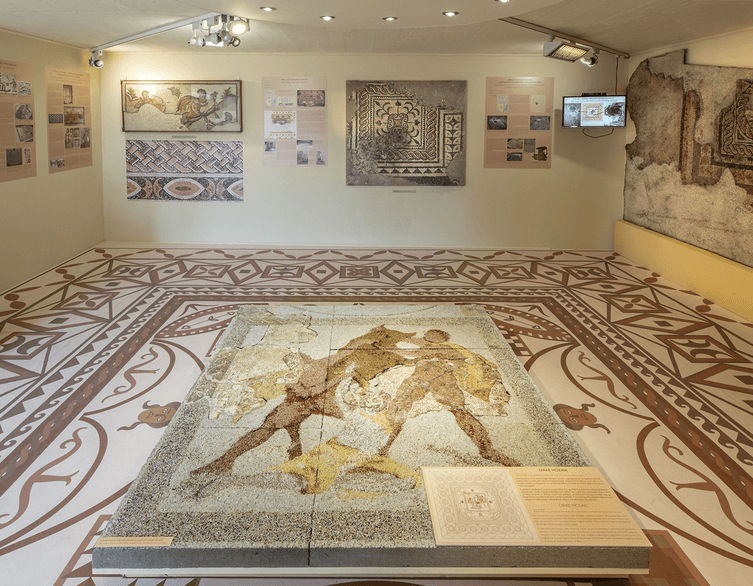
Image source: Aquincum Museum
The warehouse’s thematic organization allows visitors to explore specific aspects of Aquincum’s history while appreciating its vast archaeological legacy.
Festőház – The Painter’s House
This reconstructed Roman dwelling offers an intimate look at domestic life in Aquincum. Built between the 2nd and 3rd centuries CE, the Festőház features painted walls, living quarters with artistic decorations, a cellar for storage, and a courtyard for leisure activities. The house provides insights into how middle-class citizens lived during Rome’s heyday.
A Római Sas Árnyékában – Life Along the Limes
This recent addition focuses on military life along Rome’s northern frontier (limes). The exhibition showcases weapons, armor pieces like reconstructed Roman chainmail (lorica hamata), and tools used by soldiers stationed at Aquincum. Interactive elements such as VR experiences allow visitors to step inside barracks or shrines while hearing ancient melodies played on instruments like flutes or lyres.
Children can engage with hands-on activities like building miniature watchtowers or playing ancient board games—making this exhibit both educational and fun for all ages.
Each permanent exhibition at the Aquincum Museum offers a unique perspective on life in this ancient city—from its luxurious palaces to its bustling streets filled with artisans and merchants. Whether you’re fascinated by Roman engineering or intrigued by mysterious cults like Mithras worshippers, these exhibits provide an unforgettable journey through history.
Special Roman-Themed Events at the Aquincum Museum
The Aquincum Museum and Archaeological Park in Budapest is not just a place to explore ancient ruins—it’s also a vibrant hub for engaging Roman-themed events that bring history to life. Throughout the year, the museum hosts a variety of immersive activities and festivals that allow visitors to step into the world of ancient Rome, making it an unforgettable experience for history enthusiasts and families alike.
Floralia – The Roman Spring Festival
One of the most popular annual events at Aquincum is Floralia, a spring festival celebrating Roman traditions. Held around late May, this lively event transforms the museum grounds into a bustling Roman city. Visitors can enjoy theatrical performances, gladiator shows, and reenactments of ancient ceremonies. The festival also features workshops where you can learn about Roman crafts, try your hand at pottery, or even create floral wreaths inspired by ancient customs.
Floralia is designed to capture the festive spirit of Roman life, complete with music, dance, and colorful costumes. It’s an excellent opportunity to immerse yourself in the culture and entertainment of antiquity while enjoying the warm spring weather.
AmfiFeszt – Gladiators and Roman Spectacles
For those fascinated by the drama and thrill of Roman amphitheaters, AmfiFeszt, held annually in September, is a must-see event. This festival takes place in Aquincum’s amphitheater and showcases thrilling battle reenactments featuring gladiators, Roman soldiers, and barbarian warriors. Visitors can witness how these ancient superstars trained and fought, bringing the roar of crowds back to life in this historic venue.
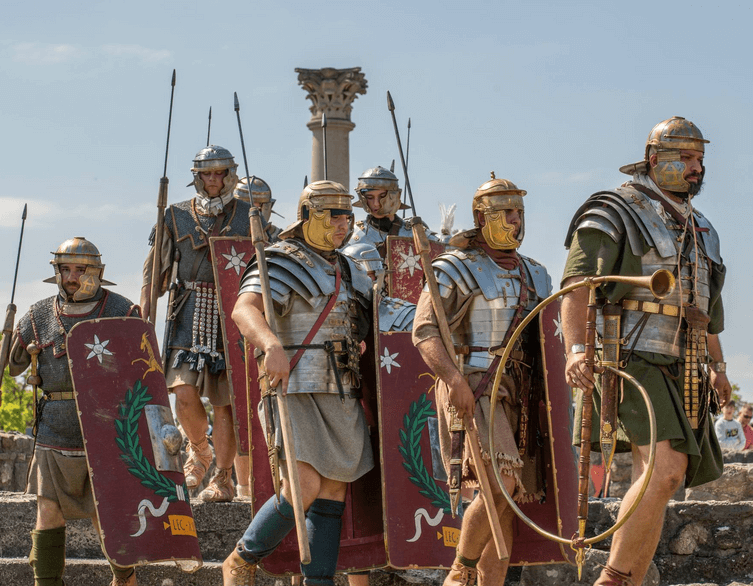
Image source: Aquincum Museum
Beyond combat performances, AmfiFeszt offers insights into daily life in ancient Rome through recreated scenes showcasing Roman customs, clothing, and interactions with neighboring Celtic and Germanic tribes. It’s an immersive experience that combines action-packed entertainment with educational value.
Samhain – A Celebration of Ancient Mysticism
Every October 31st, Aquincum hosts Samhain, a unique event inspired by ancient Celtic traditions that were influential during Rome’s expansion into Pannonia. This evening festival celebrates mysticism and spirituality with theatrical performances, storytelling sessions about Roman myths, and candlelit tours of the ruins. Visitors can explore how Romans interacted with Celtic tribes while enjoying an atmospheric journey through history under the stars.
Aquincum Summer Festival
From mid-May to mid-September, the Aquincum Summer Festival offers weekend programs that reconstruct everyday life in ancient Rome. These events include interactive workshops where visitors can build miniature Roman towers or play traditional board games from antiquity. Live demonstrations showcase Roman cooking techniques, military drills, and artisan crafts like mosaic-making or brick stamping.
The festival is perfect for families looking for hands-on activities that make history fun and engaging for all ages. It’s also a great way to explore Aquincum’s ruins while participating in creative educational programs.
Night of Museums
On June 22nd each year, Aquincum participates in Budapest’s Night of Museums, staying open late into the evening for special tours and performances. This event offers visitors a chance to explore the ruins under moonlight while enjoying live music, theatrical reenactments, and interactive exhibits that highlight Roman innovation and culture.
Why Attend These Events?
Aquincum’s Roman-themed events are more than just entertainment—they’re immersive experiences that bring history to life in exciting ways:
- Interactive Learning: Workshops and reenactments provide hands-on opportunities to engage with Roman culture.
- Family-Friendly Fun: Activities like crafts and games make these events enjoyable for visitors of all ages.
- Cultural Insights: Gain a deeper understanding of ancient traditions through live demonstrations and storytelling sessions.
- Atmospheric Venues: Whether it’s the amphitheater or candlelit ruins at night, these events take place in authentic settings that enhance their impact.
Available Services at the Aquincum Museum and Archaeological Park
The Aquincum Museum and Archaeological Park in Budapest offers a wide range of services designed to enhance your visit and provide a comfortable, enriching experience. Whether you’re exploring the ruins, diving into the museum’s exhibits, or participating in special programs, these services cater to both individual visitors and groups.
Guided Tours
The museum provides guided tours in multiple languages, including English, French, and German. These tours are available from Tuesday to Friday and must be reserved at least seven working days in advance. Specialized tours, such as Roman-themed walking or cycling tours around Óbuda, are also offered for groups of at least five participants. For visitors with physical disabilities, accessible guided tours are available free of charge for both the visitor and one companion.
Educational Programs
Aquincum is a hub for educational activities tailored to different age groups. The museum offers:
- Museum Pedagogy Workshops: Hands-on activities for school groups, including crafts and interactive learning sessions about Roman history.
- Specialized Programs for Adults: Museum-andragogy workshops that combine guided tours with engaging discussions about Roman life.
- Birthday Programs: Unique celebrations featuring educational activities and guided exploration of the museum.
These programs require prior booking and are available from Tuesday to Friday.
Facilities for Visitors
The museum provides several amenities to ensure a comfortable visit:
- Restrooms: Available throughout the museum and park.
- Refreshments: Vending machines offering coffee and soft drinks are located in the main exhibition building.
- Gift Shop: A selection of souvenirs, books, and educational materials can be purchased at the ticket counter.
- Seating Areas: Benches are placed throughout the park for resting during your exploration.
Accessibility Services
Aquincum is committed to inclusivity with features such as:
- Wheelchair-accessible pathways throughout most areas of the museum and park.
- Elevators in the main exhibition building for easy access to upper levels.
- Free guided tours along accessible routes for visitors with mobility challenges or other disabilities (advance booking required).
Interactive Experiences
To make history come alive, Aquincum offers interactive experiences that appeal to visitors of all ages:
- Hands-On Exhibits: Try Roman crafts or explore reconstructed spaces like barracks or bathhouses.
- Virtual Reality Stations: Visualize Aquincum as it once was through immersive VR technology.
Pet-Friendly Policy
The museum welcomes pets both in outdoor areas and indoor exhibition spaces, provided they are leashed or kept in carriers. Visitors must adhere to the pet-friendly house rules to ensure a pleasant experience for all guests.
Event Hosting
The museum is available for private events such as weddings or corporate gatherings in its atmospheric archaeological park or reconstructed Roman buildings. Special permissions are required, and bookings can be made through the museum’s administration.
Plan Your Visit
To make the most of your experience at Aquincum’s special events:
- Check the museum’s calendar for exact dates and times of upcoming festivals and programs.
- Book tickets early for popular events like Floralia or AmfiFeszt to secure your spot.
- Wear comfortable shoes for walking around the ruins during outdoor activities.
Aquincum Museum’s Roman-themed events offer something truly unique—a chance to step back in time and experience the sights, sounds, and spirit of ancient Rome right in Budapest!
Practical Information
How to Get to the Aquincum Museum
The Aquincum Museum and Archaeological Park is located at Szentendrei út 135, 1031 Budapest, in the Óbuda district. This historical gem is easily accessible via multiple modes of transportation, ensuring a hassle-free journey for visitors exploring Budapest’s Roman heritage.
By Public Transportation
Aquincum is well-connected to Budapest’s public transport network, making it simple to reach from various parts of the city:
- Suburban Railway (HÉV): Take the H5 line heading toward Szentendre and alight at the Aquincum station or Kaszásdűlő station. From Aquincum station, it’s just a short walk (approximately 500 meters) to the museum entrance.
- Bus Routes: Buses 34, 106, and 134 stop at Záhony utca, close to the museum. These buses can be boarded at Szentlélek tér in Óbuda or other nearby stops.
- Train Services: Trains S76 and Z72 from Nyugati Railway Station also stop at Aquincum station, providing another convenient option for visitors.
By Bicycle
For cycling enthusiasts, Aquincum is accessible via dedicated bike paths:
- From the south, use the cycle paths along Szentendrei Road or Ángel Sanz Briz Road.
- From the north, approach via Sujtás Street or Gázgyár Street.
Bicycle parking is available near the entrance at Záhony Street.
By Car
If you prefer driving, you can access the museum’s parking lot through the Záhony Street gate. Note that parking spaces may be limited, so plan accordingly.
Tips for Public Transport Users
- Remember to validate your public transport tickets before boarding.
- Budapest travel passes cover suburban railway (HÉV) services within city limits, eliminating the need for an extra ticket to reach Aquincum.
- For real-time navigation and updates on public transport schedules, apps like Moovit can be helpful.
Opening Hours
- Summer (April 1–October 31): Exhibitions open Tuesday–Sunday from 10 AM–6 PM; Archaeological Park from 9 AM–6 PM (last entry at 5:30 PM).
- Winter (November 1–March 31): Exhibitions open Tuesday–Sunday from 10 AM–4 PM; Archaeological Park operates during dry weather from 10 AM–4 PM (last entry at 3:30 PM).
The museum is closed on Mondays year-round.
Ticket Options
Aquincum offers various ticket types tailored to individual visitors, families, students, seniors, and larger groups. Tickets can be purchased on-site or online for added convenience. Special passes are available for combined visits to other Budapest History Museum locations within a month of purchase.
Tips for Your Visit
- Wear Comfortable Shoes: The outdoor ruins are extensive—be prepared for walking on uneven surfaces.
- Plan Ahead: Allocate at least two hours to fully explore both the museum and park.
- Bring Your Camera: Capture stunning photos of mosaics, statues, and reconstructed buildings.
- Engage with Interactive Exhibits: Families will love hands-on activities like building miniature Roman towers or playing ancient board games.
House Rules at the Aquincum Museum and Archaeological Park
To ensure a safe, enjoyable, and respectful experience for all visitors, the Aquincum Museum and Archaeological Park has established a set of house rules. These guidelines help preserve the integrity of the historic ruins and artifacts while maintaining a welcoming environment for everyone. Here’s what you need to know before your visit:
General Guidelines
- Stay on Designated Paths: Visitors are requested to remain on the marked walking paths in the archaeological park. This helps protect the ancient ruins and ensures your safety.
- Avoid Restricted Areas: Certain sections of the museum and park are off-limits for preservation purposes. Please respect these boundaries.
- Mind Uneven Surfaces: The Roman-era walkways and ruins may have uneven surfaces. Be cautious while walking to avoid tripping or injury.
- Do Not Climb on Ruins: Climbing or leaning on the ancient walls, columns, or other structures is strictly prohibited to prevent damage to these historical treasures.
- Supervise Children: Children must be supervised at all times, particularly in areas with fragile ruins or uneven terrain. Running or playing is only permitted in designated areas, such as the open space near the small theater in the park.
- Respect Historical Features: Visitors are asked not to enter or crawl into heating ducts, water channels, or other structural features of the ruins.
Photography and Pets
- Photography: Taking photos is allowed throughout the museum and park; however, tripods may require prior permission. Please be mindful of other visitors when taking photos.
- Pet-Friendly Policy: The museum welcomes pets in both outdoor and indoor exhibition areas, provided they are leashed or kept in carriers at all times. Owners must adhere to the museum’s pet-friendly house rules to ensure a harmonious visit for all guests.
Food and Drinks
Eating and drinking are not allowed inside exhibition halls or near sensitive archaeological sites to protect artifacts from accidental damage. Visitors can store food items securely in their bags if needed.
Why Aquincum is Perfect for Foreign Tourists
Aquincum offers an unparalleled opportunity to experience Budapest’s ancient history up close. Here’s why it stands out:
- Immersive Experience: Walk through reconstructed Roman streets and buildings while learning about daily life in antiquity.
- Educational Value: Gain insights into advanced Roman engineering techniques like aqueducts and underfloor heating systems.
- Convenient Location: Situated just north of Margaret Island with easy access via public transport.
A Step Back in Time Awaits
Whether you’re a history enthusiast or simply looking for a unique day out in Budapest, the Aquincum Museum and Archaeological Park promises an unforgettable journey into the past. Explore ancient ruins, marvel at priceless artifacts, and immerse yourself in Roman culture—all within easy reach of Budapest’s city center.
Don’t miss this chance to uncover one of Europe’s most fascinating archaeological sites!
Related news
Related events

